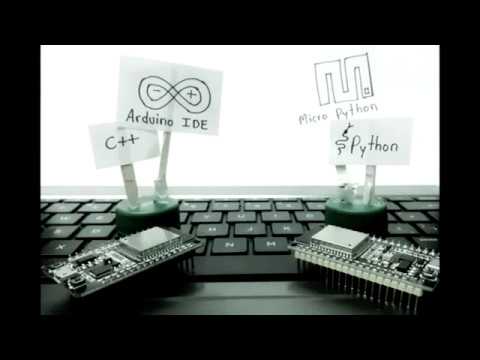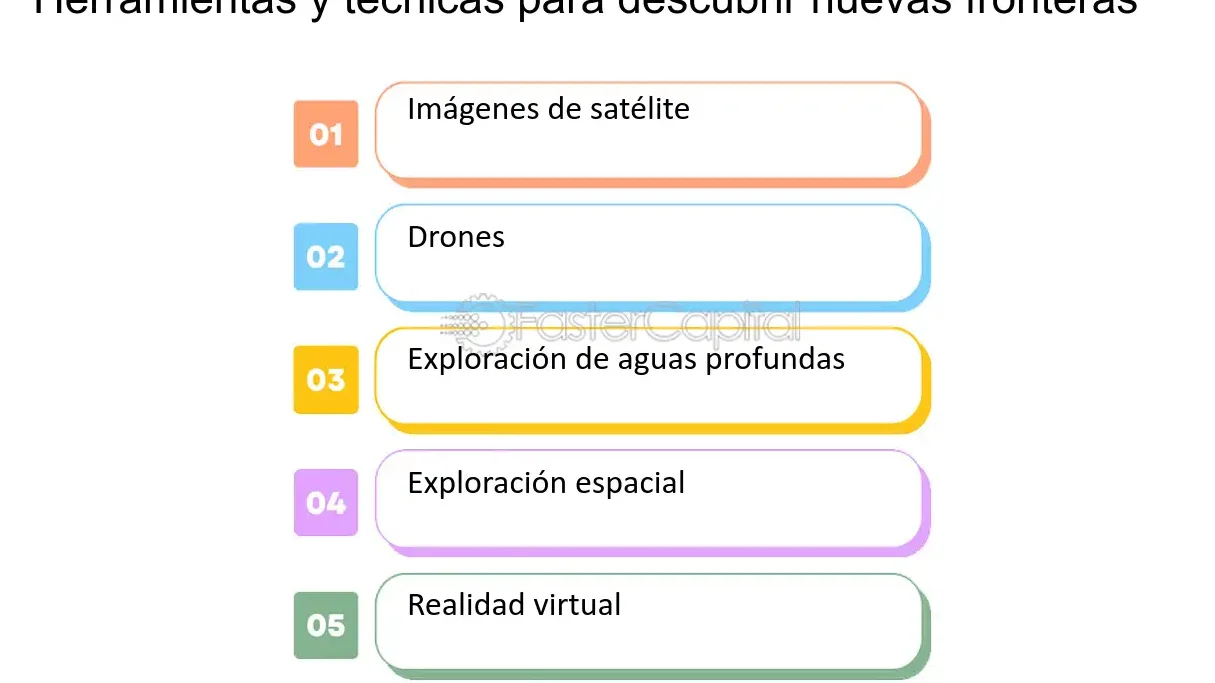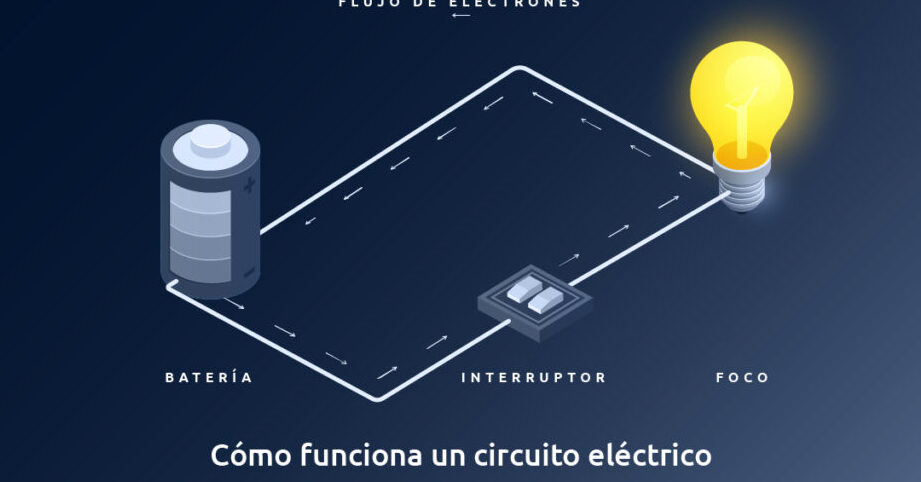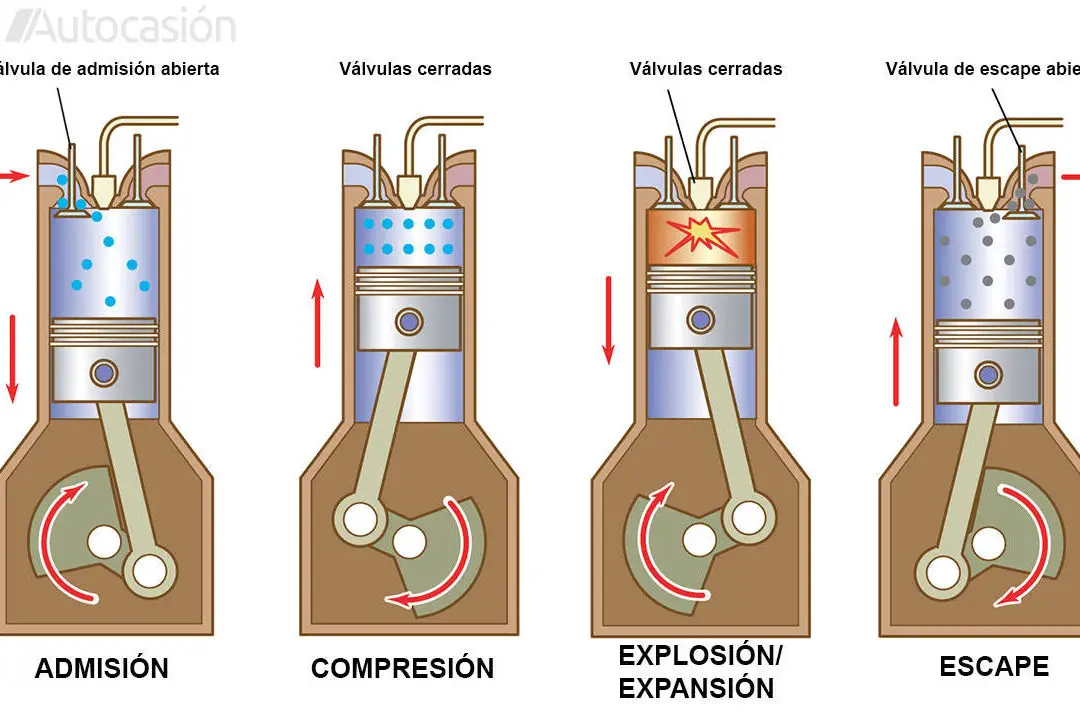Python vs. MicroPython: What are the key differences?
Hello all programming lovers! In this article we are going to talk about two programming languages that are giving a lot of talk: Python and MicroPython. Both are very popular in the world of electronics and robotics, but do you know what the key differences between them are? If you are an electronics engineer or a programmer looking for new tools, this article is for you! Get ready to discover the advantages and disadvantages of each one, and thus decide which one is best for your projects. Let's get started!
Exploring the peculiarities of Python compared to other programming languages
Python is a high-level, interpreted programming language generally used for general-purpose applications. MicroPython, on the other hand, is a stripped-down version of Python designed specifically for use on resource-constrained microcontrollers and embedded systems.
Below are some of the main differences between Python and MicroPython:
- Size: Python is a complete programming language with a wide range of libraries and features, making it relatively large in size. On the other hand, MicroPython is a stripped-down version of Python, designed specifically for embedded systems and is therefore much smaller in size.
- Memory: Python is known for its intensive memory usage, which can be a problem on resource-constrained embedded systems. MicroPython, on the other hand, is designed to minimize memory usage, making it ideal for resource-constrained systems.
- Speed: Python is an interpreted language, which means it can be slower compared to compiled programming languages. MicroPython is also an interpreted language, but it has been optimized to be faster than Python on embedded systems.
- Libraries: Python has a wide range of libraries and modules available for a variety of applications. However, many of these libraries are not available in MicroPython due to resource limitation. MicroPython has its own standard library, which is smaller than Python's, but still very useful for embedded systems.
- Syntax: MicroPython uses the same syntax as Python, making it easy for Python developers to work with MicroPython. However, some Python features are not available in MicroPython due to resource limitation.
In short, while Python is a complete and versatile programming language, MicroPython is designed specifically for resource-constrained embedded systems. While they share many similarities, there are some key differences between the two that developers should keep in mind when choosing one or the other for their project.
Learn the meaning and applications of MicroPython in electronics and programming
Python vs. MicroPython: What are the key differences?
Python and MicroPython are two versions of the Python programming language. Although they both have the same syntax and share many features, there are also some key differences that separate them. In this article, you will learn about the meaning and applications of MicroPython in electronics and programming.
What is MicroPython?
MicroPython is an implementation of the Python 3 programming language optimized for microcontrollers and embedded systems. It was created by Australian programmer Damien George in 2013 and has become a popular choice for programming IoT devices and embedded systems.
The main goal of MicroPython is to provide a simple and efficient programming platform for devices with limited resources. This means that MicroPython is smaller and faster than Python, making it ideal for use on devices with limited memory and storage space.
Key differences between Python and MicroPython
Below are the key differences between Python and MicroPython:
1. Size: MicroPython is significantly smaller than Python, making it ideal for use on resource-constrained devices.
2. Speed: MicroPython is faster than Python due to its small size and focus on efficiency.
3. Libraries: MicroPython has a limited set of libraries compared to Python. Some popular Python libraries, such as NumPy and Pandas, are not available in MicroPython.
4. Modules: MicroPython modules are platform specific and are not supported by Python. This means that you cannot use Python modules in MicroPython and vice versa.
5. Debugging: Debugging MicroPython can be more difficult than Python, as additional hardware is needed to debug programs.
MicroPython applications in electronics and programming
MicroPython is a powerful tool for programming embedded devices and IoT systems. Some of the applications of MicroPython in electronics and programming include:
1. Device control: MicroPython can be used to control electronic devices, such as sensors, actuators, and displays.
2. IoT: MicroPython is ideal for programming IoT devices as it is lightweight, fast, and easy to use.
3. Robotics: MicroPython can be used to control robots and robotic systems.
4. Home Automation: MicroPython can be used for home automation, such as controlling lighting, temperature, and appliances.
5. Education: MicroPython is an excellent tool for teaching programming to students, as it is easy to learn and can be used for practical projects.
In short, MicroPython is an implementation of the Python programming language optimized for microcontrollers and embedded systems. It has some key differences compared to Python, such as its small size and limited set of libraries. However, it also has many useful applications in electronics and programming, such as programming IoT devices, home automation, and teaching programming.
Explore the possibilities of programming with MicroPython for electronics
Python is one of the most used programming languages today due to its simplicity and versatility. However, when it comes to programming for electronics, Python may not be the best option due to its large size and the need for more powerful resources to execute it. This is where MicroPython comes into play, a stripped-down version of the Python programming language designed specifically for use on resource-constrained devices.
Below are some of the key differences between Python and MicroPython:
- Size: Python is a very complete and powerful programming language, but this also means that it is quite large and requires a lot of resources to run. MicroPython, on the other hand, is much smaller and lighter, making it ideal for use on resource-constrained devices.
- Functionality: Despite being a stripped-down version of Python, MicroPython still has a lot of functionality and features. However, some advanced Python features may not be available in MicroPython due to its small size.
- Speed: Due to its small size, MicroPython is generally faster than Python. This makes it ideal for use in real-time applications where speed is important.
- Compatibility: Although MicroPython is a stripped-down version of Python, not all programs written in Python will work in MicroPython. It's important to note that MicroPython has its own syntax and set of libraries, so some tweaking to the code may be necessary for it to work correctly in MicroPython.
If you are interested in programming for electronics, MicroPython is a great option to explore. Some of the possibilities that MicroPython offers include:
- Control electronic devices, such as sensors and actuators, using MicroPython on a development board.
- Create programs for IoT (Internet of Things) devices using MicroPython.
- Implement real-time control algorithms on resource-constrained devices using MicroPython.
In summary, MicroPython is an excellent choice for electronics programming due to its small size, speed, and functionality. If you are interested in exploring the possibilities of programming for electronics, MicroPython is definitely a tool worth considering.
Comparison between Python and Java: which is the best programming language?
Python and Java are two of the most popular and used programming languages today. Both have their own advantages and disadvantages, and choosing one or the other will depend on the type of project being developed and the specific needs of each programmer. Next, a comparison between Python and Java will be presented:
1. Ease of use:
- Python is considered easier to learn and use than Java due to its simple and readable syntax. In addition, it has a large number of libraries and modules that can be used to save time and effort in project development.
- Java, on the other hand, has more complex syntax and can take longer to learn. However, it has a large number of tools and resources for developing business applications.
2. Performance:
- Java is known for its high performance and efficiency in resource management. It is used in many business projects due to its ability to handle large amounts of data and simultaneous processes.
- Python, on the other hand, may have slower performance compared to Java due to its interpreted nature. However, it is ideal for smaller, less complex projects.
3. Portability:
- Java is highly portable and can run on any platform without the need to change the source code. This makes it ideal for business projects that need to be executed on different operating systems.
- Python is also portable, although not as portable as Java. However, it has a large number of libraries and modules that can be used on different platforms.
4. Community:
- Both Python and Java have large communities of developers and users that share resources, libraries, and modules. However, the Python community is known for being more collaborative and beginner-friendly.
- The Java community is larger and more focused on enterprise and large project development.
Optimize your electronics programming with Micropython IDE
Optimize your electronics programming with Micropython IDE
If you are an electronics programmer, you have probably heard of Python, a very popular programming language. But have you heard of MicroPython? This is a programming language derived from Python, designed specifically for microcontroller programming. Below are the main differences between Python and MicroPython and how you can optimize your electronics programming with the Micropython IDE.
Python vs. MicroPython: What are the key differences?
| Feature | Python | micropython |
|---|---|---|
| Size | Big | Small |
| Conference proceedings | Requires a lot of memory | Requires little memory |
| Features | It has many functions | Has limited functions |
| Libraries | It has a large number of libraries available | It has limited libraries |
As can be seen in the table above, the main difference between Python and MicroPython is the size and memory they require to execute. While Python is a large language that requires a lot of memory, MicroPython is a small language that requires little memory.
Although MicroPython has limited features and libraries compared to Python, it is very useful for microcontroller programming due to its small size and low memory demand.
How to optimize your electronics programming with Micropython IDE
The Micropython IDE is an integrated development environment that allows you to program and debug your MicroPython code. Here are some features that will help you optimize your electronics programming with Micropython IDE:
- Code Autocompletion: Micropython IDE has a code autocompletion feature that helps you write code faster and without errors.
- Code Debugging: The Micropython IDE allows you to debug your code step by step to more easily detect errors.
- Graphical User Interface (GUI): If you prefer a visual interface to program your electronic devices, Micropython IDE has a GUI that allows you to program with blocks of code.
In summary, if you are an electronics programmer, you should consider using MicroPython and the Micropython IDE to optimize your programming on electronic devices. With its small size, low memory demand, and useful features like code autocompletion, debugging, and GUI, Micropython IDE is a great choice for microcontroller programming.
Now that you know the key differences between Python and MicroPython, it's time to choose the right one for you and start programming! May the magic of programming always be with you!





Post Comment